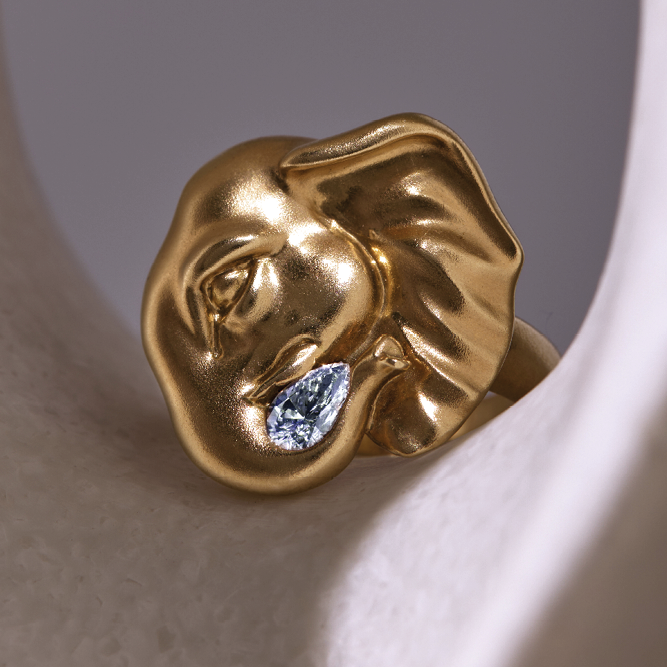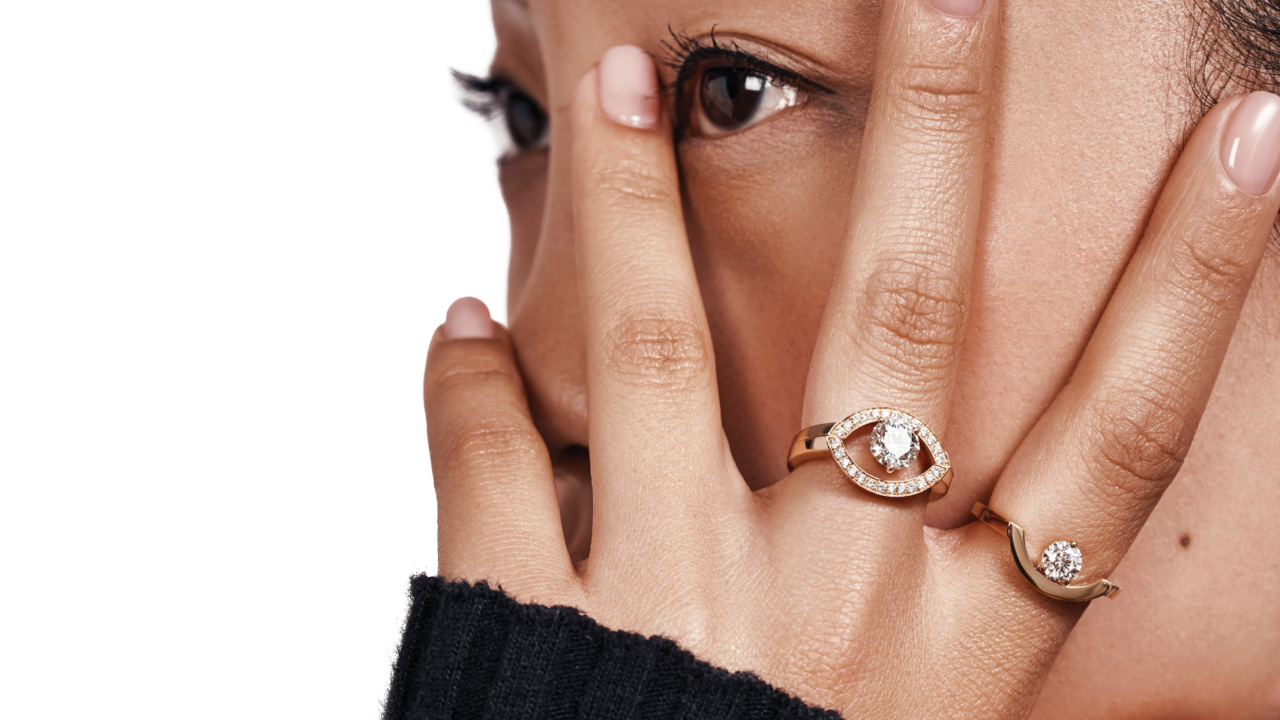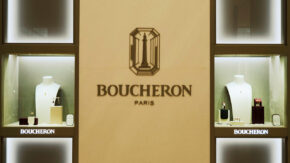Natural diamonds have long been a fixture on the auction circuit. From the great heights of the CTF Pink Star, which Sotheby’s sold in 2017 for a record $71.2 million, to smaller stones priced in the tens of thousands, auction houses have always seen demand for these items. To date, however, not even the smaller companies have offered lab-grown diamonds at their sales.
That begs the question: Are synthetic stones worthy of a place at auction? And do they have potential value beyond their initial firsthand sale?
Defining rare
“I don’t see lab-grown diamonds being a part of our sales at any point in the future,” says Quig Bruning, senior vice president and head of jewelry for the Americas, Europe, the Middle East and Africa (EMEA) at Sotheby’s. “We’ve made it very clear that we are looking for the rarest things, the most incredible things, the pieces that have the greatest provenance. And I don’t see how lab-grown fits into that exact context.”
It doesn’t matter if the lab-grown stone is worth $5,000 or even $10,000, according to Bruning, because price isn’t the issue. “When we talk about ‘value,’ ‘rarity’ and ‘uniqueness’ for the jewels we sell, these are buzzwords that we use quite a bit,” he explains. “And with lab-grown diamonds, you lose those buzzwords.”
Sotheby’s, of course, is a large auction house known for its high-value diamonds, but those on the smaller end of the circuit are also hesitant about a future that includes synthetics.
“I don’t see a place for them at auction,” states Jill Burgum, executive director of fine jewelry at Heritage Auctions. “I think that there are enough real diamonds out there that maintain value even in a down market like last year. The lab-grown stones dropped even more than real diamonds did, so there’s just not enough on the retail secondary market to make them worthwhile, in my opinion.”
Like Bruning, though, Burgum clarifies that her view is not all about price: “Even if prices stabilized, I think we’d still shy away. Maybe it’s the purist standpoint, but we are looking to represent real gemstones, flaws and all. And [synthetics] are so readily accessible on the retail level, at very affordable prices. I just don’t know how an auction house would be able to offer them and make it a profitable situation.”
The appeal would not be about the intrinsic monetary value of the diamond. It would have to be from the provenance of the owner, or of the design house itself.
Brand aid
Those outside the auction-world orbit agree that the chances of seeing lab-grown jewels go under the hammer are slim — but there are circumstances in which it could be feasible, some say.
“Pieces from high-jewelry brands would have a value that auctioneers would want to sell, because they have a design house name on them,” says Marty Hurwitz, founder of jewelry consulting group The MVEye. “I think that’s valuable, but not because of the component value of the diamond. It’s because of the branded provenance.”
While jewelry consultant Mirta de Gisbert doesn’t foresee top designers such as JAR or Van Cleef & Arpels using lab-grown, she agrees that if they did, the brand names would likely tempt auction houses into offering those jewels.
Another scenario that could open doors to the auction world, she believes, would be if the synthetic diamonds were part of a collection belonging to someone of high repute and known for their taste in jewelry.
“I’m thinking someone like the Estée or Evelyn Lauder of our time,” she says. “They both had an incredible collection that did very well at Sotheby’s, and in a case like that, I think there’s a chance it could be included at auction.”
She follows the same line as the others when it comes to the relevance of pricing. “In my opinion, the appeal [of lab-grown jewelry with provenance] would not be about the intrinsic monetary value of the diamond. It would have to be from the provenance of the owner, or of the design house itself.”

Mazarin Elephant ring in 18-karat gold with a lab-grown diamond. (Mazarin)
A problematic precedent
Even so, De Gisbert points to a potential pitfall of making exceptions for special pieces.
“In a case where there is one item from a notable designer or person, and it’s part of a larger collection, it could maybe sway the needle,” she says. “But it actually opens a door to [making it] harder to say no in the future.”
While it may not be fair, she says, comparing lab-grown to natural diamonds is akin to comparing a designer bag or shoe with a replica: One is intrinsically more valuable than the other. If a synthetic-diamond item did make it to auction, she contends, it would have to be “something really exceptional and truly rare. You need the perfect trifecta where the owner of the piece, the actual piece, and the story behind the piece all have to align…because auction houses sell incredible and rare pieces, and lab-grown diamonds are just not that.”
Main image: Model wearing Loyal.e Paris lab-grown diamond rings. (Loyal.e Paris)
This article is from the March-April 2024 issue of Rapaport Magazine. View other articles here.
Stay up to date by signing up for our diamond and jewelry industry news and analysis.



